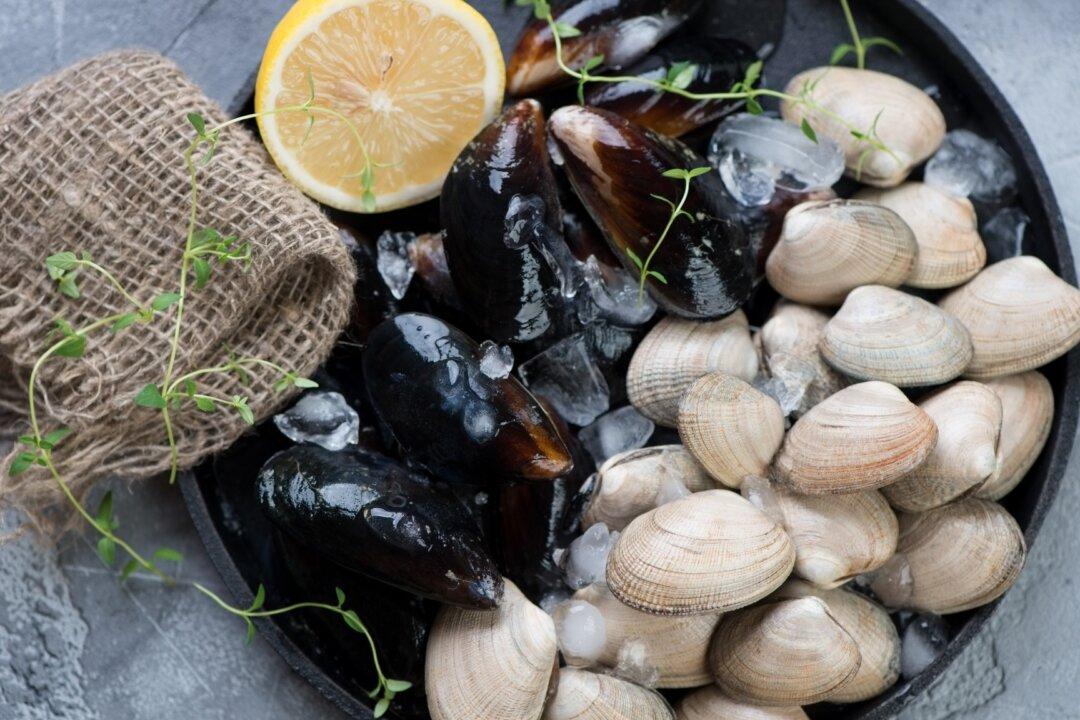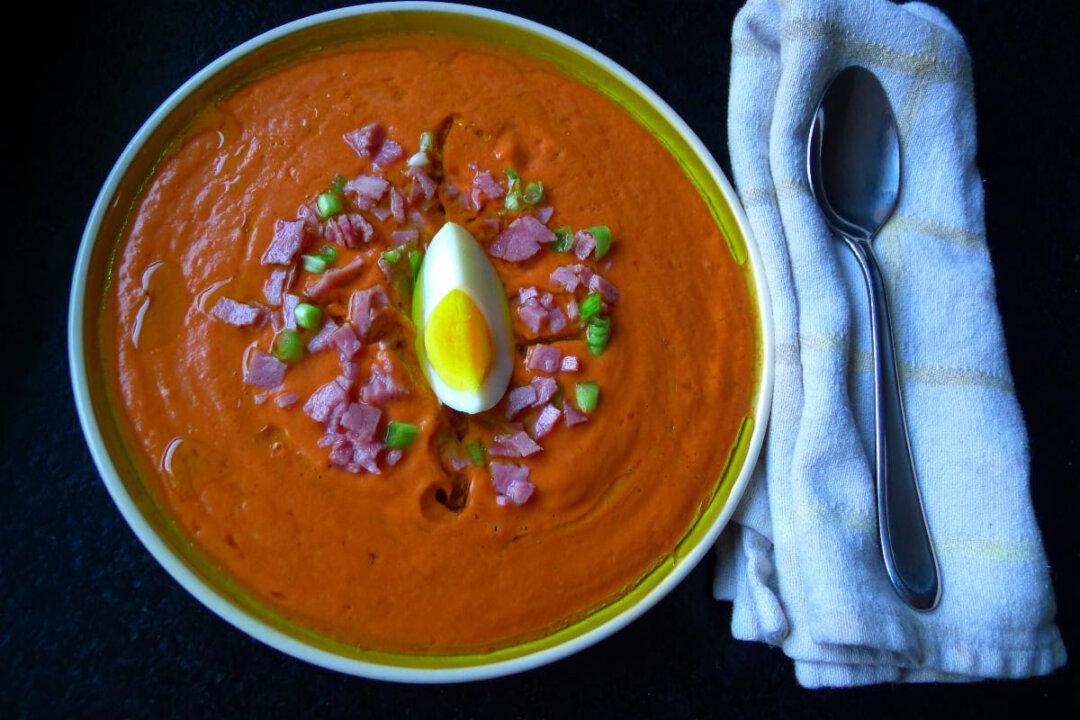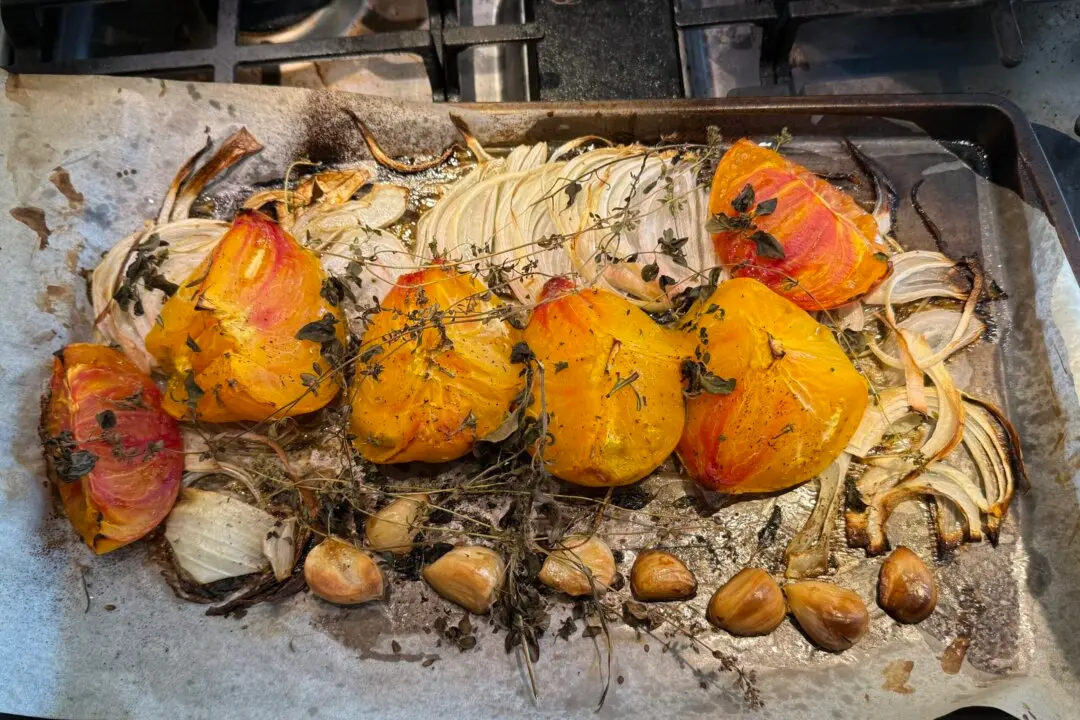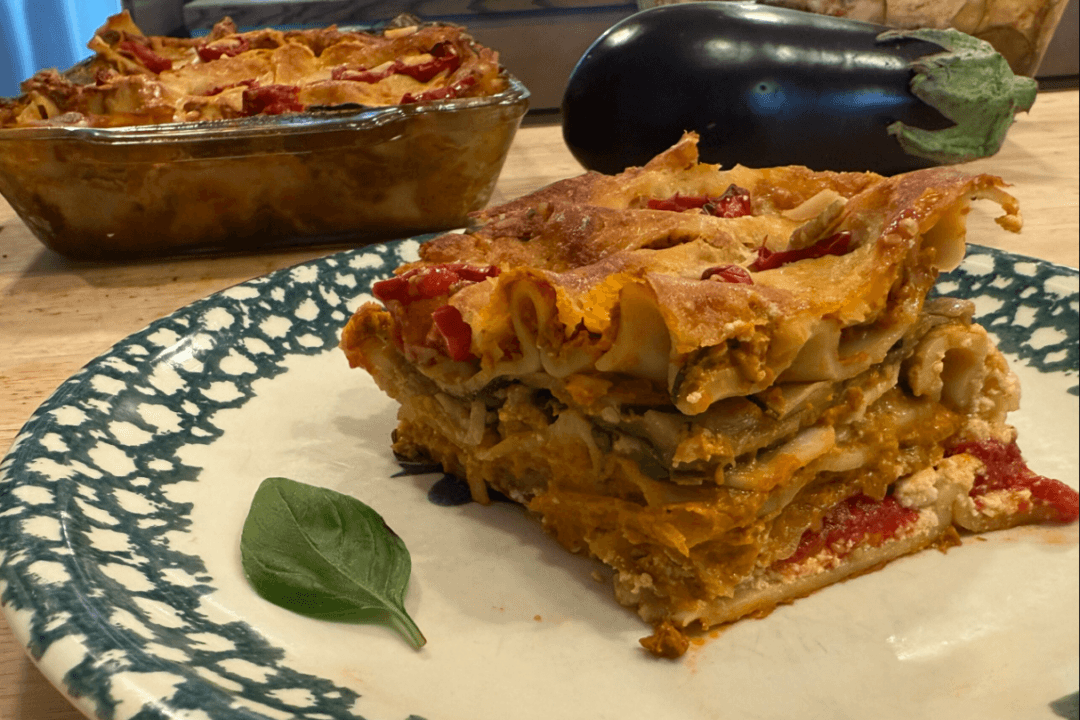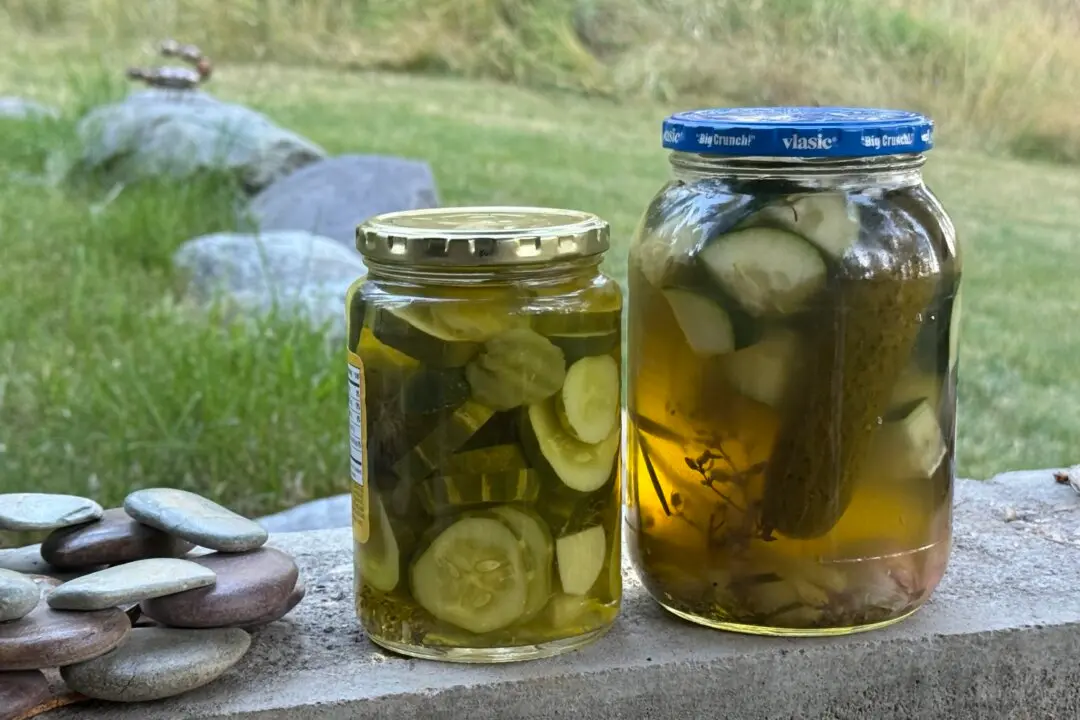Thanksgiving, as we observe it today, doesn’t have much in common with the original feast of 1621.
The temperature of the vibe between the Pilgrims and Wampanoag was above comfort level at the dinner table, with some participants arriving ready to rumble. (Come to think of it, maybe today’s Thanksgiving table hasn’t strayed too far, being notable for bringing together people from warring political tribes to break bread together, with notoriously mixed results.)

